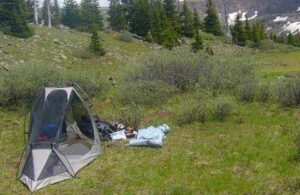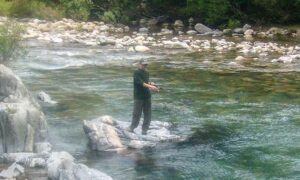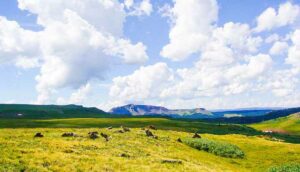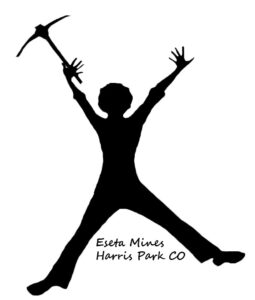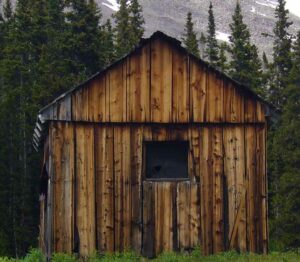OutWestWoods
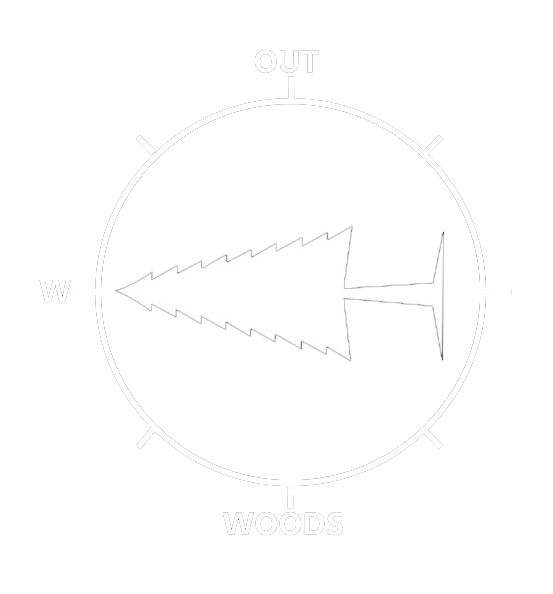
Backpacking Equipment list
Download a PDF version of the backpacking equipment list HERE to help you prepare.
Over the course of 20 years, I’ve meticulously honed my backpacking equipment list, carefully considering what I truly need while striving to keep it as lightweight as possible.
Through this process, I’ve managed to streamline my gear to the point where I can embark on a week-long trip with just a 40-pound pack. This weight reduction comes from key areas, such as using a lightweight backpack, opting for a compact zero-degree sleeping bag, and choosing a small and lightweight tent. I’ve also learned to minimize the amount of clothing, food, and unnecessary gadgets that I bring along.
When my son was younger, I made a conscious decision to exclude electronics from our backpacking adventures. No Game Boy, no music devices—just him and the raw sounds of nature. I wanted him to fully immerse himself in the experience, to hear the gentle whispers of the wind, the soothing flow of water, the rustle of leaves, and the melodic songs of birds.
Looking back, I’m grateful that we made that choice. It allowed us to appreciate and connect with the natural world on a deeper level, fostering a sense of wonder and tranquility that can be easily overshadowed by the constant presence of electronic distractions.

Keep It Light - More Fun
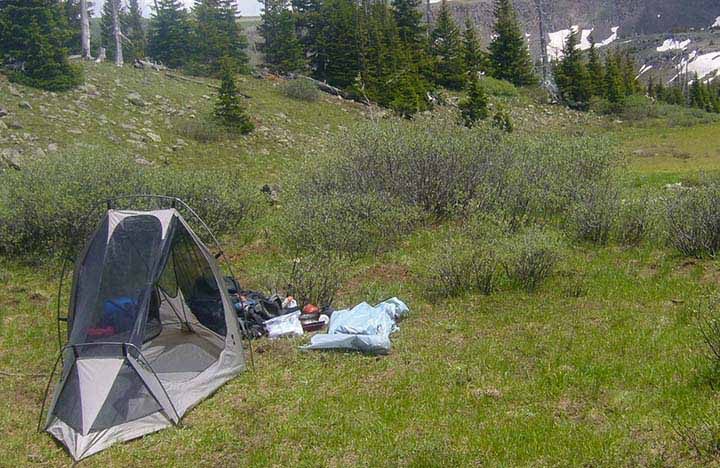
While your backpacking buddy might initially view your 40-pound pack as lightweight, you can easily explain the rationale behind your choices. Highlight the fact that you’ve optimized your pack by bringing only what you truly need, including just one pair of pants compared to his three.
It’s important to emphasize the physical demands of backpacking at high altitudes. As you ascend to 11,000 feet, where the air is thin, the weight of a 65-pound pack can quickly become burdensome and hinder your progress. The challenges faced above tree line are no match for the casual experience of walking around the house with a backpack. The absence of trees in those areas serves as a testament to the harsh conditions and the need to minimize unnecessary weight.
By explaining these factors, you can show your buddy that your focus is on optimizing your backpacking experience, allowing you to navigate challenging terrains comfortably and enjoy the breathtaking landscapes without being weighed down by excessive gear.
The initial section of my packing list is dedicated to what I refer to as my “day-of stuff.” These are essential items that I may not necessarily pack in my backpack, but I definitely don’t want to forget before hitting the trail.
There’s nothing more disappointing than arriving at the trailhead only to realize that I’ve left behind important items like medication or my cell phone in the midst of my excitement and anticipation. By consciously including these items in my day-of checklist, I ensure that I have everything I need to stay safe, connected, and prepared throughout my adventure.
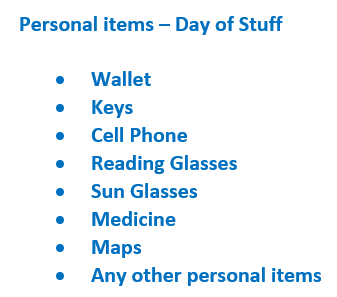
It’s crucial to remember to inform someone about your hiking plans and itinerary. Notifying a trusted individual of your destination and expected return date is a fundamental safety precaution. In the event of an unforeseen circumstance or emergency, this information will assist search and rescue teams in locating you promptly.
Additionally, remember to set up important communication features such as voicemail and out-of-office messages. These settings will inform others that you may be unreachable during your outdoor excursion and help manage expectations regarding response times. It’s essential to establish clear lines of communication to ensure peace of mind and facilitate effective communication while you’re away.
You can download a PDF of the Backpacking Equipment List here.

Don’t forget to pack some treats and refreshments in your car or truck for after your backpacking adventure. There’s nothing quite like returning from a week-long trip and having nothing to eat or drink readily available.
Also, keep in mind that you’ll likely be quite odorous after a long week of hiking. Taking the time to freshen up before heading to a restaurant or public space can make the experience more enjoyable for everyone involved. No one wants to dine surrounded by a week’s worth of backpacking smells!
So, remember to plan ahead and have some snacks, drinks, and the means to freshen up waiting for you in your vehicle. It’s a small but thoughtful gesture that can enhance the post-backpacking experience.
The remainder of my list comprises the essential items I pack in my backpack for a 5 to 6-night excursion.
To make it more manageable, I divide it into a few sections.
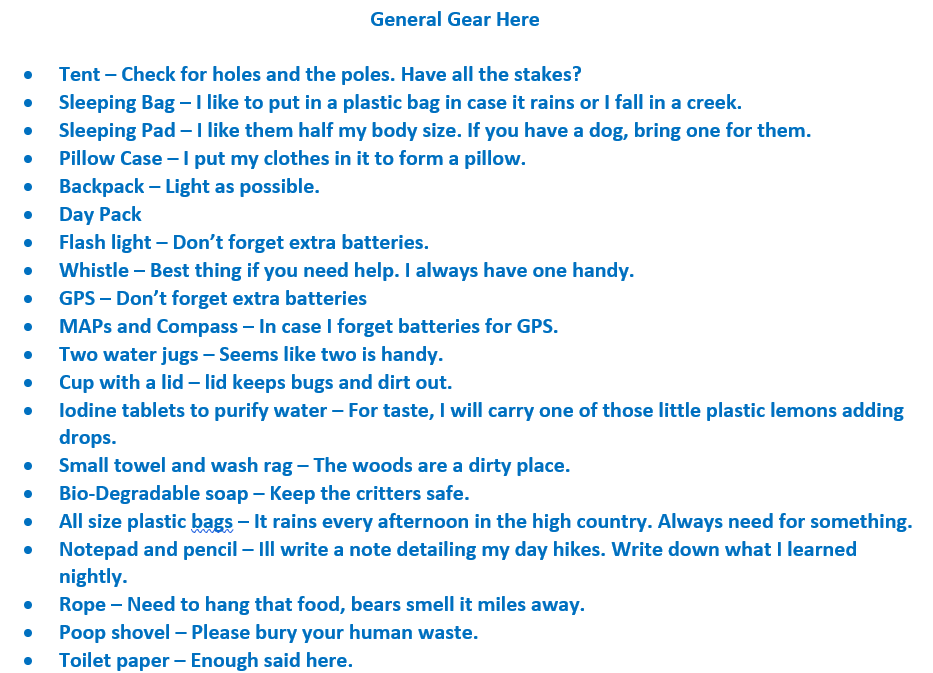
SPOT DEVICE
One item that I consider essential gear, although some may argue otherwise, is my SPOT device. When venturing into the Colorado mountains, once you’re a mile or two away from major roads, cellphone reception becomes unreliable. While phones are great for photography and entertainment, they often fail when it comes to texting or making calls, especially in remote areas.
This is where the SPOT device proves invaluable. It utilizes satellite communication, ensuring connectivity as long as you’re not in a deep hole or canyon. There are several models available in the market, and I personally use the GEN3, which has served me well for many years.
One of the standout features is the rescue insurance or SOS service it offers, providing an extra layer of safety. In the event of an emergency, with a simple push of a button, the GEOS International Emergency Response Coordination Center receives your GPS coordinates and relevant information to dispatch local response teams. In North America, this includes contacting 9-1-1 responders, while in Europe, it connects with 1-1-2 responders. It’s important to note that the SOS button should only be used in emergencies.
The GEN3 device itself typically costs around $100, with an annual service subscription of approximately $120. Considering the peace of mind and added safety it provides, I find it well worth the investment. You can find more information about the SPOT device and its services on the official website at www.findmespot.com.
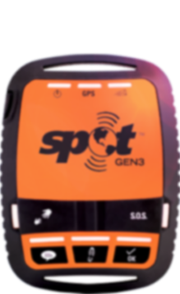
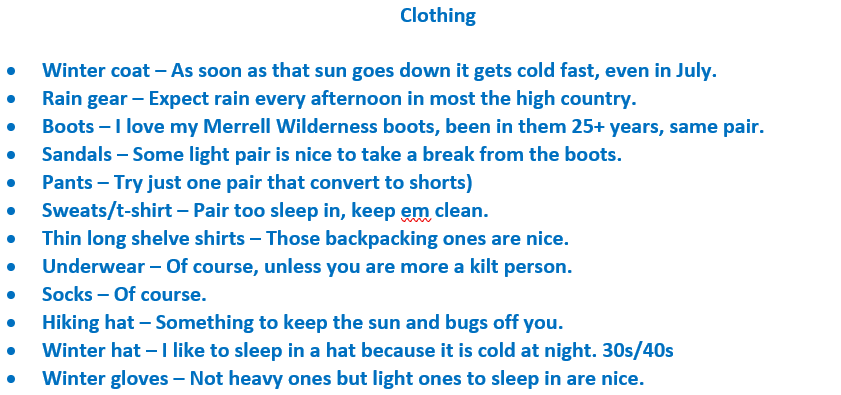
When it comes to packing clothes for a backpacking trip, the key principle is to prioritize minimalism. As the saying goes, “less is better,” and this is particularly true when it comes to cotton garments.
Clothes tend to add significant weight to your pack, and when they become dirty or wet, cotton garments can become even heavier. That’s why I opt for lightweight and quick-drying materials. Nowadays, I can comfortably manage a week-long trip with just a single pair of hiking pants. I prefer pants that have zip-off legs, allowing me to convert them into shorts when needed.
For sleeping, I do pack a separate set of cotton sweats and a t-shirt. These clothes serve the purpose of keeping dew and sweat off my body during nighttime.
When it comes to shirts, I gravitate towards long-sleeve backpacking shirts that have excellent airflow. These shirts allow air to circulate and keep me cool even in the high country. The added benefit of long sleeves is that they provide protection against the sun and bugs.
By embracing lightweight and functional clothing options, I can enjoy the benefits of comfort and versatility while keeping my pack as light as possible.
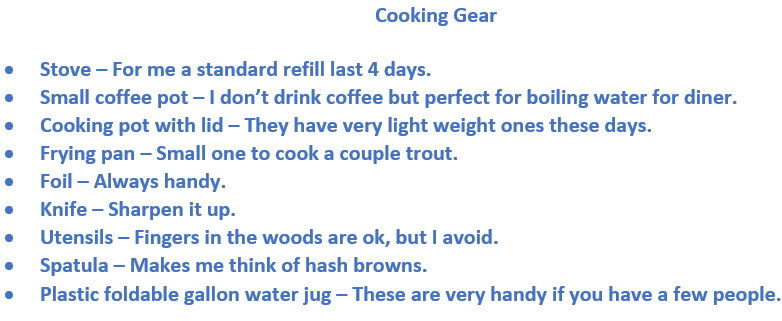
Cooking equipment is an intriguing aspect of backpacking because it presents an opportunity for load-sharing among members of your group. It’s always a good idea to coordinate and plan with your fellow backpackers when it comes to cooking gear.
Before embarking on your trip, it’s essential to check for any fire bans that may be in place. If a fire ban is in effect, you will need to rely on a stove and fuel for your cooking needs.
I recall a memorable experience when a friendly forest ranger visited my campsite to inform me about a sudden fire ban. Thankfully, I had already packed a stove as a backup, which allowed me to comply with the regulations and continue cooking my meals safely.
By coordinating cooking equipment with your group and staying informed about fire restrictions, you can ensure a smooth and enjoyable backpacking experience while adhering to regulations and preserving the natural environment.

When it comes to packing food for your backpacking trip, it’s important to be mindful of weight, especially when it comes to items like sugar. Ask yourself if you truly plan on spending your hiking days solely focused on eating food.
Keeping your food selection light is key, as it’s easy to overpack. Remember that in the worst-case scenario, missing a day or two of food won’t be life-threatening.
A bonus of being mindful of your food weight is that it leaves room for flexibility. You can always try your hand at fishing or foraging for berries, adding a delightful variety to your meals and reducing the need to carry excessive amounts of food.
By striking a balance between packing enough food for your trip and avoiding unnecessary weight, you can enjoy your backpacking adventure without feeling burdened by a heavy load.

When it comes to fishing in the Colorado rugged high country, I opt for ultra-light lure fishing rather than fly-fishing. This is because the area is abundant with small streams that are often surrounded by dense brush. For more detailed fishing tips, please refer to my fishing guide.
One of the advantages of ultra-light lure fishing is that it requires minimal equipment, making it easier to carry during your backpacking trip. This way, you can enjoy the thrill of fishing without the burden of heavy gear weighing you down.
So, if you’re planning on exploring the picturesque streams of the Colorado high country, consider giving ultra-light lure fishing a try. It offers a lightweight and exciting approach to catching fish while immersing yourself in the beauty of nature.
Check out my ultra-light fishing technique here…

Don’t forget to pack your personal items for your backpacking trip, including those specifically for personal hygiene and comfort.
For older individuals, the combination of carrying a backpack all day and sweating can sometimes lead to discomfort such as jock itch. To prevent this, it’s a good idea to bring along some zinc oxide cream or a small amount of baby powder. These items can help keep the affected area dry and provide relief if needed.
Taking care of your personal hygiene while on the trail is important for your overall comfort and well-being. So, make sure to include these items in your backpacking essentials to ensure a more enjoyable and comfortable experience throughout your trip.
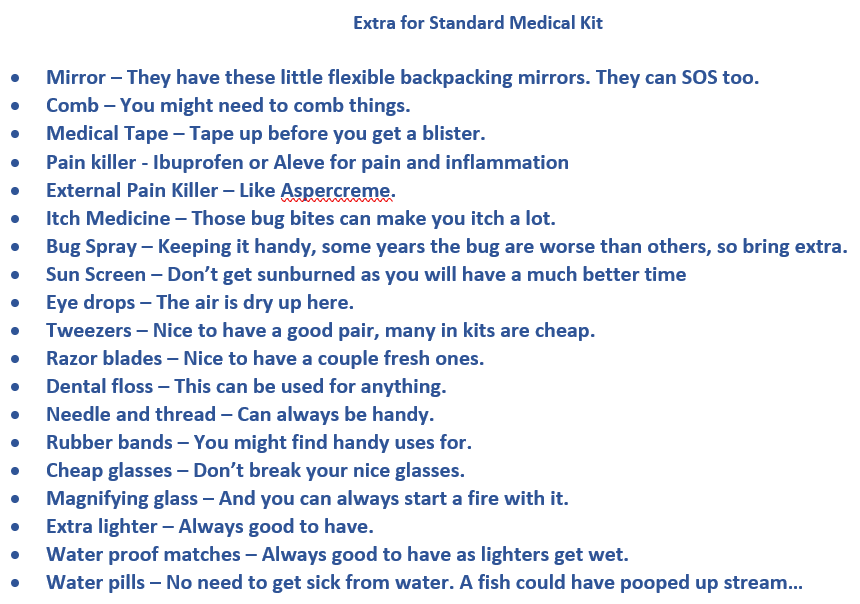
I always make sure to include a small selection of essential items in my backpacking medical kit. While they may be small in size, they can come in handy when needed.
Remember, it’s always a good idea to assess your own medical needs and consult with a healthcare professional to tailor your medical kit based on your specific requirements and the nature of your backpacking trip.

This last section is what I call optional depending on what I am doing.
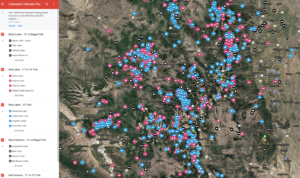
Much More To Discover At OutWestWoods
Discover essential tips for your outdoor adventures in Colorado’s backcountry:
Backpack Equipment List: Get a comprehensive checklist for your backcountry backpacking needs.
Ultra-Light Fishing: Learn a lightweight fishing technique tailored for Colorado’s wilderness.
Must-Visit Places: Explore remarkable destinations in Colorado’s backcountry.
Safety Tips and Tricks: Stay secure with valuable insights on outdoor safety.
Enjoy your Colorado adventure with these handy tips!
With decades of experience, I’ve crafted the ultimate backpacking equipment list for Colorado’s high country.
Discover the perfect fishing experience in Colorado’s small mountain streams with ultra-light lure fishing techniques. Learn my tried and tested methods for guaranteed success.
Experience the wonder of my extensive backpacking adventures in Colorado’s high country. Countless hours of research and exploration led me to discover some truly amazing locations.
Embark on a journey through my extensive backpacking adventures in Colorado’s high country. Countless hours of research and exploration unveiled truly amazing locations that will leave you in awe.
Please see Eseta Mines for jewelry, displays, crystals, mine tours, mine location and filing services.
